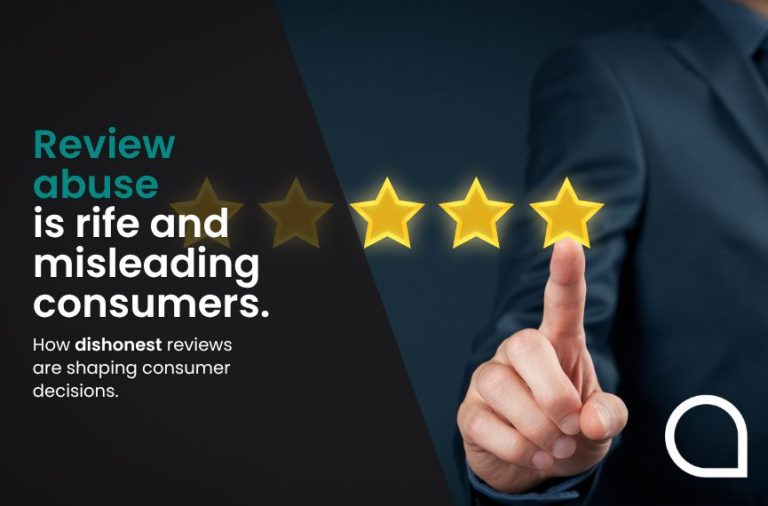
What are the penalties for AI misuse?
Embracing Artificial Intelligence (AI) whether for personal or professional use has clear advantages – and Google agrees. While it’s a common misconception that Google automatically
Cornerstone content is as important as it sounds. Marketers—particularly those working on your SEO—will almost certainly use this term, and even after an explanation of the phrase, you might be left wondering exactly why your website needs it.
Let us give you the facts, dodge the jargon, and (hopefully) dispel any doubts.
Cornerstone content is in many ways the most important content you have. It’s the stuff you want your visitors to read and engage with, even if they do nothing else.
For these reasons, it should be the most closely aligned with what you do as a business and should be the most high-quality, thoughtful, and in-depth content you produce. It’ll probably be lengthier as a result, and contain the most keywords in terms of frequency and range.
For ease, remember the term relates to the cornerstone laid in the construction of a building’s foundation. Though now mostly ceremonial, the cornerstone was historically the first stone set, becoming the reference point for the remaining construction work and dictating how the rest of the stones are oriented.
Think of your cornerstone content as equally integral to the ‘structure’ of your SEO and your overall marketing strategy.
Start with your cornerstones, and you’ll have the essentials—or else you’ll work them out as you go. This includes your tone of voice, the audience you’re talking to, and the focus of your engagement (are you informing, entertaining, or a mix of both?).
Cornerstone content will also ideally include some of your most relevant keywords.
Think about the pure focus of what you do and what you want to draw people in for. SEO is about capturing what people are searching for, or, at least, what they’re trying to find with their searches.
For example, let’s say you’re an appliance repair business. A good cornerstone would be an in-depth article on the most common reasons various household appliances break down, what can be done to fix them, and how much repairs might cost on average.
It just makes sense: you want to provide people with appliance repairs, and so you want to catch the people searching for companies like yours on search engines like Google. Give those people all the information they’ll need—with a link or two to your site and a strong call to action to bring in new business, of course—and you’ve got a piece of cornerstone content that will serve its purpose for years to come.
Furthermore, future content should aim to link back to your cornerstones where relevant and necessary, lending structure to your content library and cementing your cornerstone pieces as the strong foundation off which everything else is built.
Once you’ve got cornerstone pieces nailed down, you can start to explore other relevant topics in your business area and write about those. These should be shorter, and lighter, though. After all, if everything is a cornerstone, then nothing on your site is really a cornerstone.
A good piece of cornerstone content starts like any other: unfamiliar to Google’s crawlers, waiting to prove itself on the SERPs.
But SEO is the long game, and as your content is read, shared, and interacted with, it climbs the rankings and earns itself a cosy spot higher on the results. This is especially true for content that is updated and kept relevant as the years go on and contexts change (or for content that is innately timeless, something we call evergreen content).
The more your content enjoys these engagements, the more trustworthy and authoritative it is perceived by both Google and search users. This in turn will push it even higher, and if you’re really lucky, you’ll enjoy a healthy amount of backlinks—instances of other websites linking back to yours as a source, which is a glowing endorsement of your cornerstone and, by extension, of you as the business.
The main reason you need cornerstone content boils down to some simple facts: as recently as December 2022, Google’s portion of the global search market sat at around 84 per cent, and the results on the first page of Google take the lion’s share of clicks—over a quarter of searchers go for the top result.
Cornerstones are your content juggernauts. Given time to build traction, they’re the pieces of content of which you’ll be most proud, and they sport the biggest chance of bringing in readers and leads.
Creating cornerstones is not so much in the method of writing as it is in the structure, length, and complexity of the content.
Don’t just waffle for 1,500 words about anything. Know your market and understand your audience. With a well-researched and in-depth piece of cornerstone content, you could answer all of your customer’s pain points and educate them in the process.
Of course, if you’d rather have experienced content writers create cornerstone pieces for you, that’s a great option too.
Can someone write my cornerstones for me?
Absolutely, but whether they write them well is down to the agency you choose.
Fortunately, the team at Aqueous Digital writes page-climbing cornerstone content for a wide range of businesses, and we can help yours. We tailor to your scope, too. Whether you want to be the winning choice for dog grooming nationwide, or a tailor with winning SEO for Liverpool and nowhere else, we can make it happen.
To find out more about our services and how they work, get in touch with us today.
Why pillar pages are the foundations of a successful content strategy
How to conduct a thorough digital marketing audit of your website
Why digital marketing is important to business owners
Digital marketing trends to get ahead of the curve
Short-form vs. long-form content: Which is better for your website?
Digital marketing channels: Which one should you choose?
Content Optimisation: How to improve existing content on your website
How AI is becoming more prominent in digital marketing
How to create a results-driven digital marketing campaign
SEO for YouTube: How to optimise YouTube videos for search
How to boost your website’s domain authority
What is Evergreen Content and why does it matter for SEO?
Why we build backlinks to your website
How to develop a content strategy for SEO
Content is King. What is content marketing?
Creating great content: How to write for SEO
How digital marketing has changed over the years
How video content can elevate your website
Top 20 Facts about Manchester You Never Knew
Aqueous Digital’s Ultimate Guide to the cost of SEO in the UK
Aqueous Digital’s Guide to the Top 501 SEO and Digital Marketing Terms
How video content can elevate your business

Embracing Artificial Intelligence (AI) whether for personal or professional use has clear advantages – and Google agrees. While it’s a common misconception that Google automatically

Whether it’s Google’s AI (artificial intelligence) Overviews or AI-powered SEO (search engine optimisation) tools, this emerging and fast-developing technology has fundamentally altered the SEO landscape.

The widespread creation and adoption of AI (artificial intelligence) tools has undoubtedly changed the way that search engine optimisation (SEO) services for websites are performed.

While Google enjoys the biggest share of the search engine market (around 90%, according to StatCounter), the second-largest search engine, Bing, shouldn’t be overlooked. Following Bing’s

Trust: online searchers are ready to give it, and businesses want to earn it as quickly as possible, but how can you accurately assess the

I wrote recently about the ridiculous situation of being asked to leave a review for a parking space, but what I encountered yesterday is, I